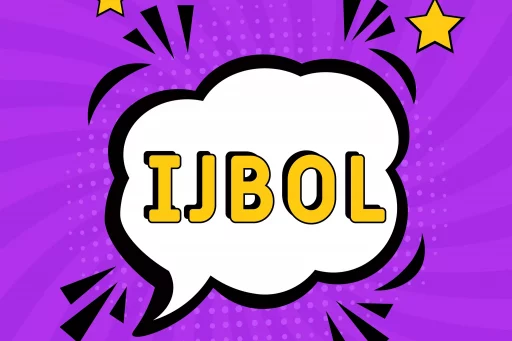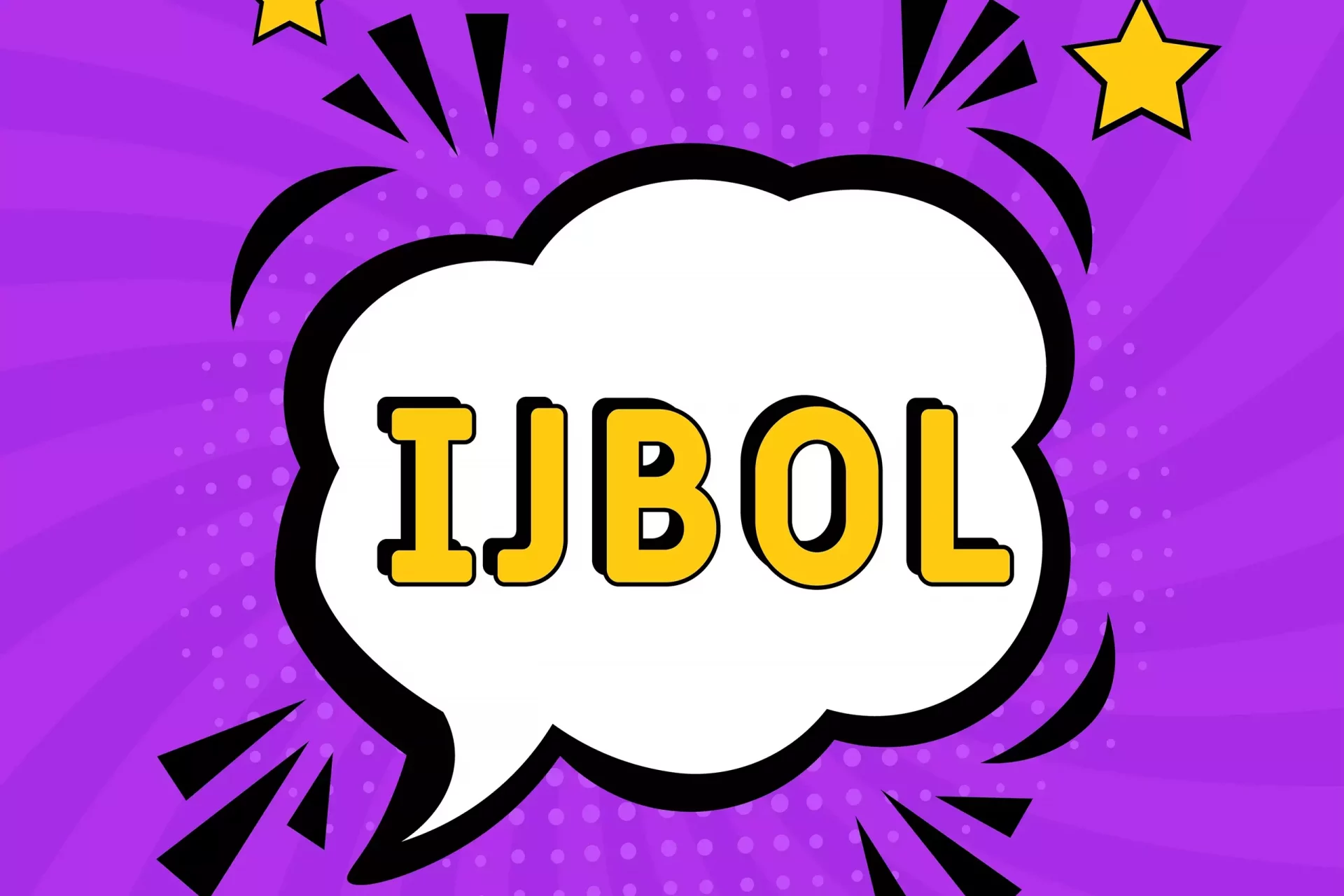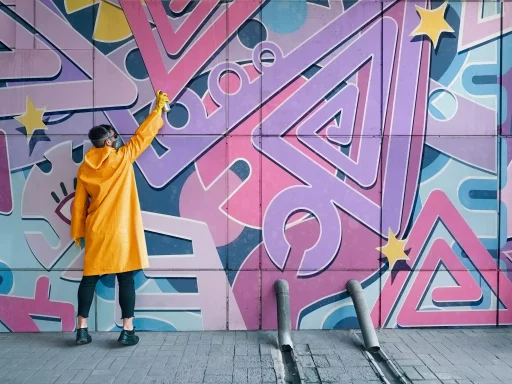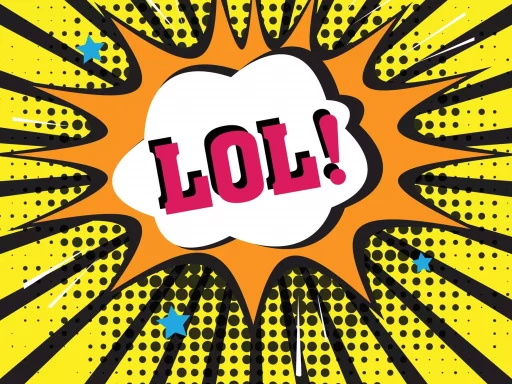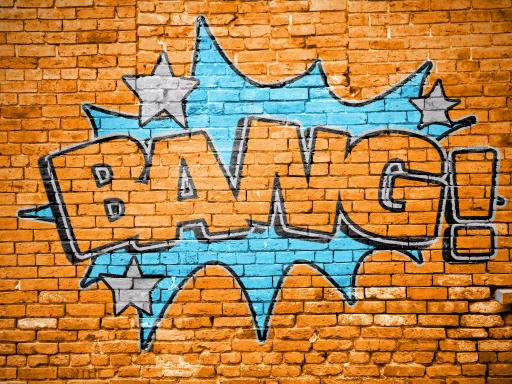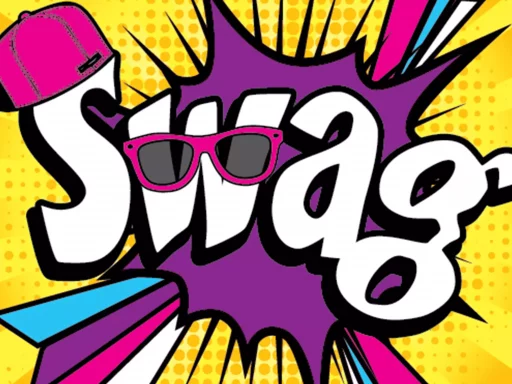Understanding DW in Text Messaging
In the fast-paced world of digital communication, abbreviations and acronyms have become an inherent part of our texting vocabulary. One such abbreviation, “DW,” is commonly used across various messaging platforms. But what does ‘DW’ really mean? In this article, we dive deep into the meaning, usage, and some interesting statistics surrounding ‘DW’ in text conversations.
Definitions of DW
The abbreviation ‘DW’ has multiple meanings depending on the context in which it is used. Here are the most common interpretations:
- Don’t Worry: This is perhaps the most popular meaning of ‘DW.’ It’s often used to reassure someone that there is no need for concern.
- Deutsche Welle: In more formal contexts, particularly on social media or news platforms, ‘DW’ may refer to Deutsche Welle, Germany’s international broadcaster.
- Dear Wife: In some personal texts, especially between couples, ‘DW’ could stand for ‘Dear Wife.’
Example Usage of DW in Conversations
To further illuminate the different contexts in which ‘DW’ can be used, here are a few examples of how it appears in everyday text conversations:
- Scenario 1: Friend 1: “I forgot to pick up the groceries!”
Friend 2: “DW! We can order takeout instead.” - Scenario 2: Person A: “Did you hear about the traffic jam on the highway?”
Person B: “DW, I took the back roads!” - Scenario 3: Spouse: “Honey, did you get my message? I’m feeling a bit neglected here.”
Other Half: “DW, I was just caught up with work!”
Why Abbreviate? The Rise of Texting Language
The popularity of abbreviations like ‘DW’ stems from the increasing speed of communication. According to a study conducted by the Pew Research Center, 97% of teens use text messaging, and 55% of them prefer texting over face-to-face conversations. Here’s why abbreviations are becoming so commonplace:
- Speed: Texting requires brevity. Abbreviating saves time.
- Emotional Tone: Abbreviations can convey feelings efficiently, allowing users to express reassurance or empathy quickly.
- Digital Literacy: Especially among younger generations, familiarity with texting slang enhances group belonging and cultural identity.
Case Studies: The Influence of Abbreviations on Communication
To illustrate the effects of text messaging abbreviations like ‘DW’, consider two case studies:
Case Study 1: Teen Communication
A 2018 study by the University of California found that teens who frequently used texting slang were more likely to report feeling connected with their peers. In their chats, teens employed phrases like “DW” to create a sense of familiarity and ease in their conversations. This suggests that abbreviations might not just be about saving time, but also about nurturing relationships.
Case Study 2: Workplace Messaging
In a 2020 survey by Business Insider, 65% of employees reported using informal abbreviations in workplace chat platforms like Slack and Microsoft Teams. Words and expressions like ‘DW’ highlighted a relaxed corporate culture that encourages open communication. This makes it clear that abbreviating language can foster a positive workplace environment.
Statistics About Texting Language
To understand the impact of texting abbreviations, consider the following statistics:
- 71% of people use abbreviations such as ‘DW’ regularly in their texting.
- 80% of millennials prefer texting over speaking on the phone.
- Texting has increased by 5,000% since 2010, largely due to smartphones.
Conclusion: The Evolving Language of Texting
As we navigate the world of texting, abbreviations like ‘DW’ play an important role in communication. They save time, convey emotions, and even help build connections. While the meanings can vary, the underlying purpose remains the same: to process our fast-paced lives with a little more ease. So, the next time you see ‘DW’ pop up in a conversation, you can confidently understand what it means!
